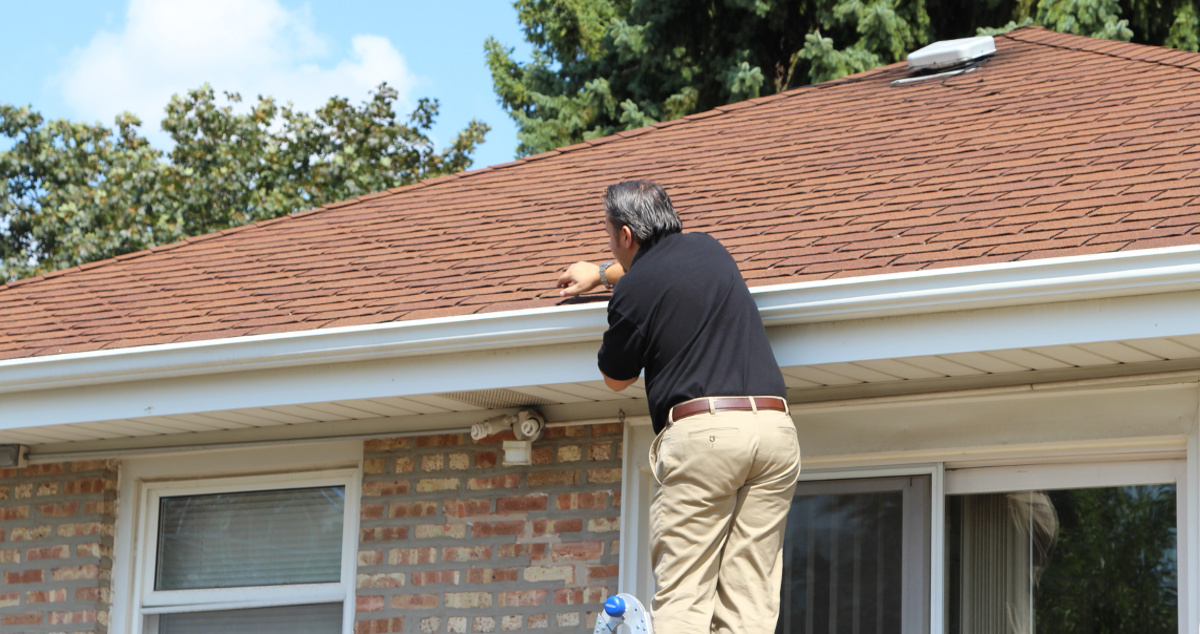Why is roofing important in architecture?

Roofing is a crucial component of structure for a number of important reasons:
Protection from the Elements: One of the primary functions of a roof is to provide shelter and protection from environmental parts corresponding to rain, snow, wind, and excessive temperatures. It prevents water from entering the constructing, which may cause structural damage, mildew progress, and different points.
Structural Integrity: Roofs play an important function in sustaining the structural integrity of a building. They distribute the burden of the roof and any loads (e.g., snow) evenly to the walls and basis. A well-designed and properly constructed roof ensures the stability and safety of the whole construction.
Aesthetics and Design: Roofs are a visual and outstanding part of a constructing's exterior. Architects use roof design to boost the overall aesthetics of a construction. The form, material, and elegance of the roof can contribute to the architectural character and appeal of a constructing.
Environmental Considerations: Sustainable structure locations an emphasis on power efficiency and environmental accountability. Click for info and design can influence a constructing's energy performance. For example, cool roofs can mirror extra daylight and absorb much less heat, lowering cooling costs and urban heat island results.
Natural Lighting and Ventilation: Roof design can incorporate features like skylights, dormers, and roof vents to provide natural lighting and air flow inside a building. This can enhance indoor consolation and reduce the necessity for synthetic lighting and mechanical ventilation.

Historical and Cultural Significance: In some architectural kinds, corresponding to Gothic or Victorian, the roof is normally a key element that reflects the historical and cultural context of a building. Roof details and shapes can tell a story about the era during which a structure was built.
Space Utilization: Roof design can create additional usable space within a building, corresponding to attic rooms, rooftop gardens, or out of doors living areas. Architects often consider tips on how to maximize area and performance when designing roofs.
Energy Efficiency: Energy-efficient roofing supplies and design can contribute to a building's overall power performance. Proper insulation and ventilation may help regulate indoor temperatures and reduce heating and cooling costs.
Safety and Fire Resistance: Roofing supplies are chosen with safety in thoughts. Some materials, like fire-resistant roofing, might help forestall the unfold of fires in a building, providing valuable time for occupants to evacuate.
In summary, roofing is a fundamental side of architecture that mixes practical and aesthetic issues. It not solely protects the interior of a building from the elements but also contributes to the general design, sustainability, and security of a structure. Architects carefully consider roofing materials, shapes, and options to attain their design goals while making certain the consolation and well-being of constructing occupants..
